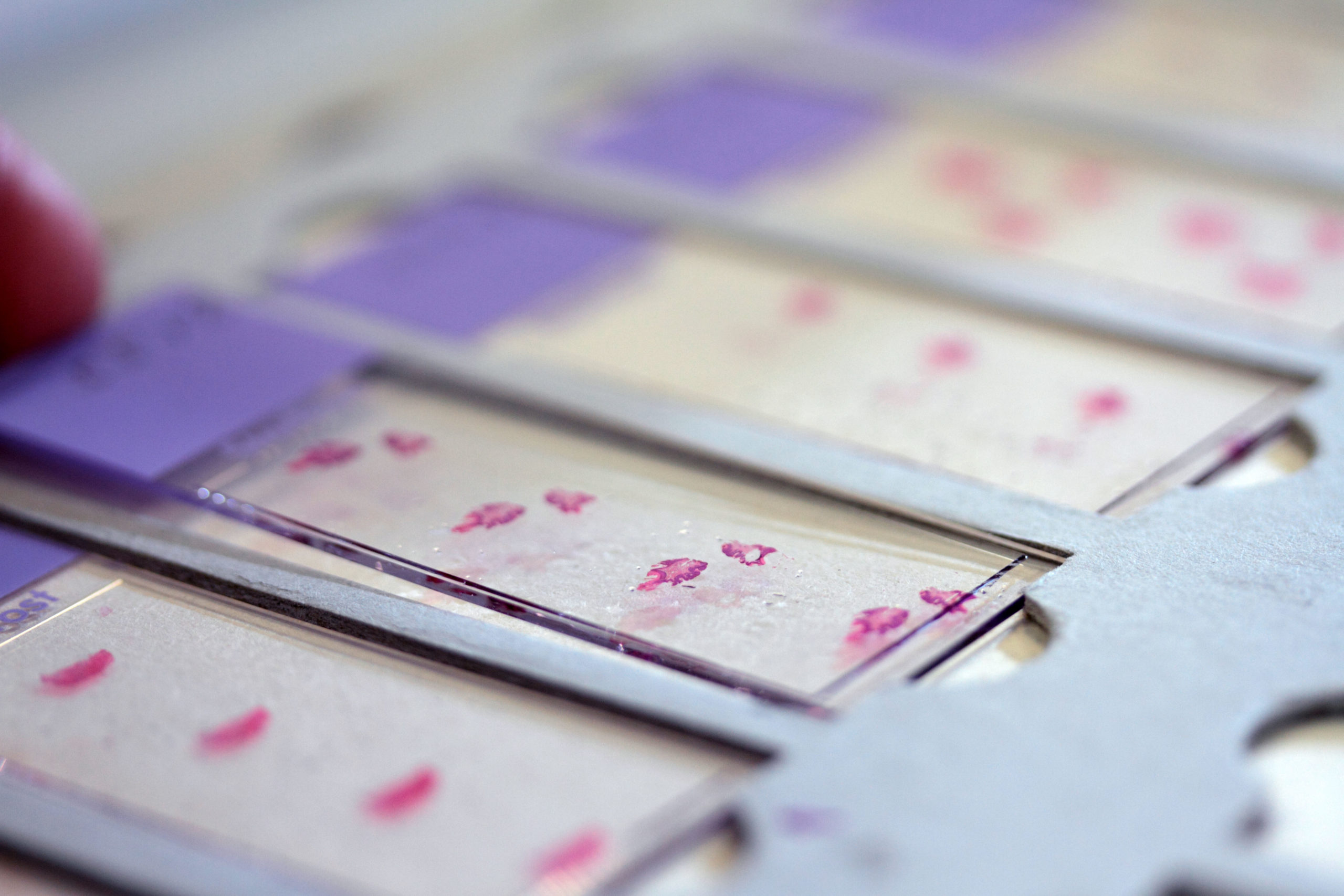
Pathway modulation in cervical spinal cord injury
DESCRIPTION
Abstract
High spinal cord injuries (SCI) induce the deafferentation of phrenic motoneurons, leading to permanent diaphragm paralysis. This involves secondary injury associated with pathologic and inflammatory processes at the site of injury, and at the level of phrenic motoneurons. In the present study, we evaluated the antioxidant response in phrenic motoneurons involving the AMPK-Nrf2 signaling pathway following C2 spinal cord lateral hemi-section in rats. We showed that there is an abrupt reduction in the expression of phosphorylated AMPK and Nrf2 at one hour post-injury in phrenic motoneurons. A rebound is then observed at one day post-injury, reflecting a return to homeostasis condition. In the total spinal cord around phrenic motoneurons, the increase in phosphorylated AMPK and Nrf2 occurred at three days post-injury, showing the differential antioxidant response between phrenic motoneurons and other cell types. Taken together, our results display the implication of the AMPK-Nrf2 signaling pathway in phrenic motoneurons’ response to oxidative stress following high SCI. Harnessing this AMPK-Nrf2 signaling pathway could improve the antioxidant response and help in spinal rewiring to these deafferented phrenic motoneurons to improve diaphragm activity in patients suffering high SCI.